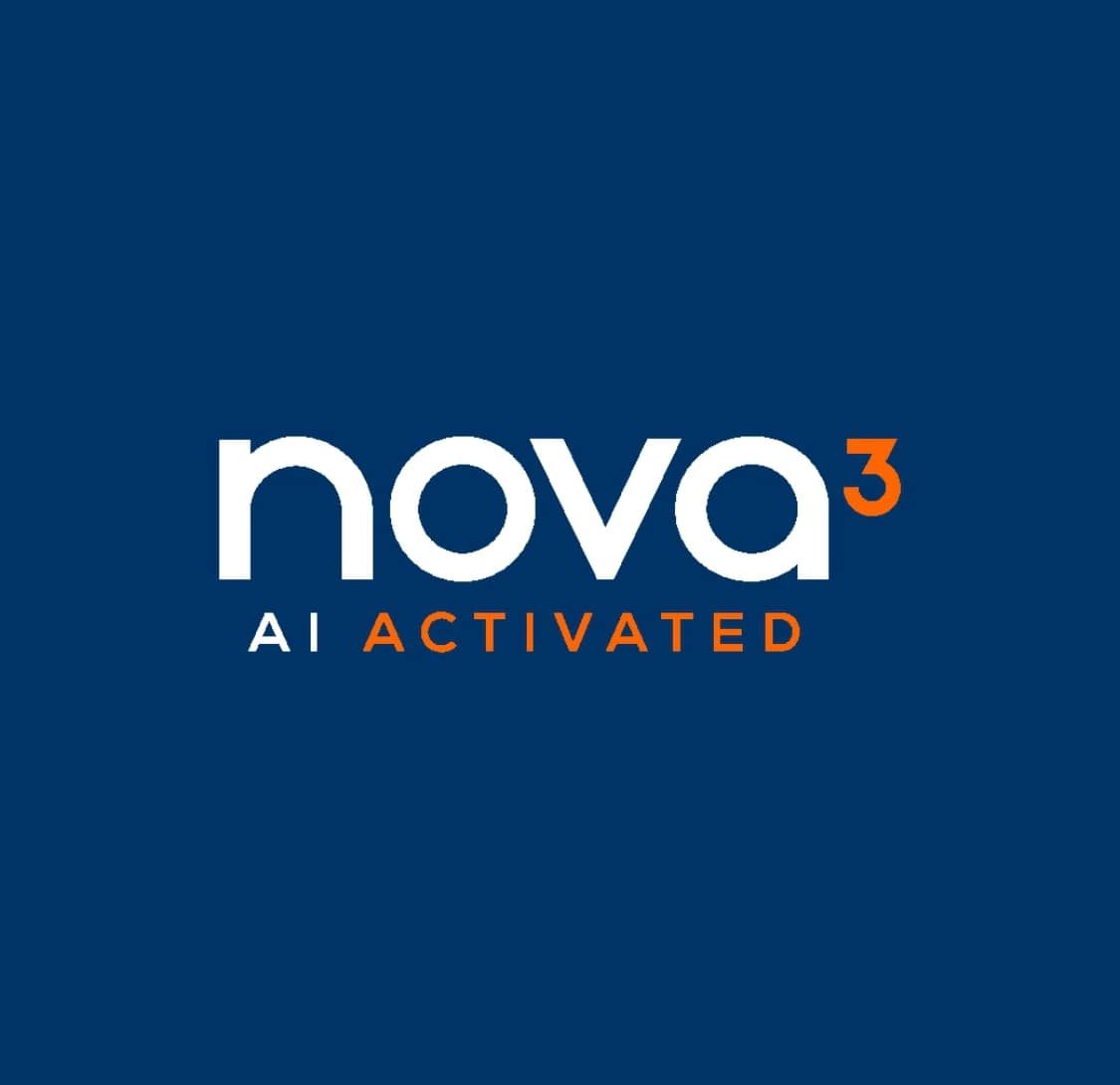30 Days of AI | DAY 19
Did you know that the more you engage with AI in a continuous dialogue, the more aligned and insightful its responses can become?
There’s something powerful about creating a feedback loop where each interaction builds on the last—leading to richer, more serendipitous outcomes.
From early on in my journey with Large Language Models (LLMs), I realized that these feedback loops—what I’ve come to call looping, are one of the most valuable tools in unlocking AI’s potential.
In fact, it became so fundamental to our work that we developed an entire looping framework within our agency. This framework encourages the practice of iterative dialogue, ensuring that each interaction with AI builds on the previous one, refining the output and deepening the insights over time.
These feedback loops are key to tapping into the magic of AI.
Today marks Day 19 of our 30 Days of AI series, and it’s also Day 4 of our 7 Days of Serendipity.
As we continue exploring how to maximize the serendipity effect in AI interactions, we’ll dive into the concept of iterative dialogue and how it can transform the way AI responds to your needs.
Engaging in an ongoing conversation with AI, where each response informs the next prompt, creates a feedback loop that enhances the AI’s understanding and output. This is because iterative dialogue allows you to refine your questions and guide the AI more precisely, which can lead to increasingly aligned and insightful responses.
Essentially, you’re tuning the AI to better understand your intentions and goals, increasing the chances of uncovering unexpected insights along the way.
For example, let’s say you’re developing ideas for a new business strategy. You start with a broad question, such as, "What are some innovative strategies for growing a customer base in 2024?" The AI provides a range of suggestions, and one idea catches your attention. You then refine your prompt based on that suggestion, asking, "Can you explain how social proof might be particularly effective in this strategy?"
As the conversation continues, the AI’s responses become more tailored and nuanced, leading you down a path you might not have considered if you hadn’t engaged in this iterative process.
This works because the AI maintains a temporary memory within a session, remembering the context of your conversation and building on it.
Each response gives you new information to consider, and by refining your prompts based on this feedback, you’re guiding the AI towards more precise and relevant answers. This cumulative context is key to creating those moments of Synthetic Serendipity, where the AI provides insights that feel surprisingly aligned with your evolving needs and expectations.
Feedback loops, or as I like to call it, looping, are at the heart of this process. When you engage in iterative dialogue with the AI, you’re essentially creating a partnership where both you and the AI are constantly adapting and refining the conversation.
The more you communicate and refine your prompts, the more the AI can adapt and provide the insights you didn’t even know you were looking for.
To experience the power of iterative dialogue, try starting a conversation with the AI and returning to it over an extended period. Allow the AI to help you explore a topic in depth, refining your prompts as you go. Notice how the quality and relevance of the AI’s output improves as the conversation progresses, and how those moments of serendipity become more frequent.
Tomorrow, we’ll build on this idea by looking at how AI’s ability to navigate complexity and draw connections across different topics can lead to even more profound moments of Synthetic Serendipity.
As we delve into how AI handles complexity, you’ll see how these unexpected connections can lead to truly transformative insights.
Let’s go!!
Ready to Start Your AI Journey?
© Copyright Nova3. All Rights Reserved




